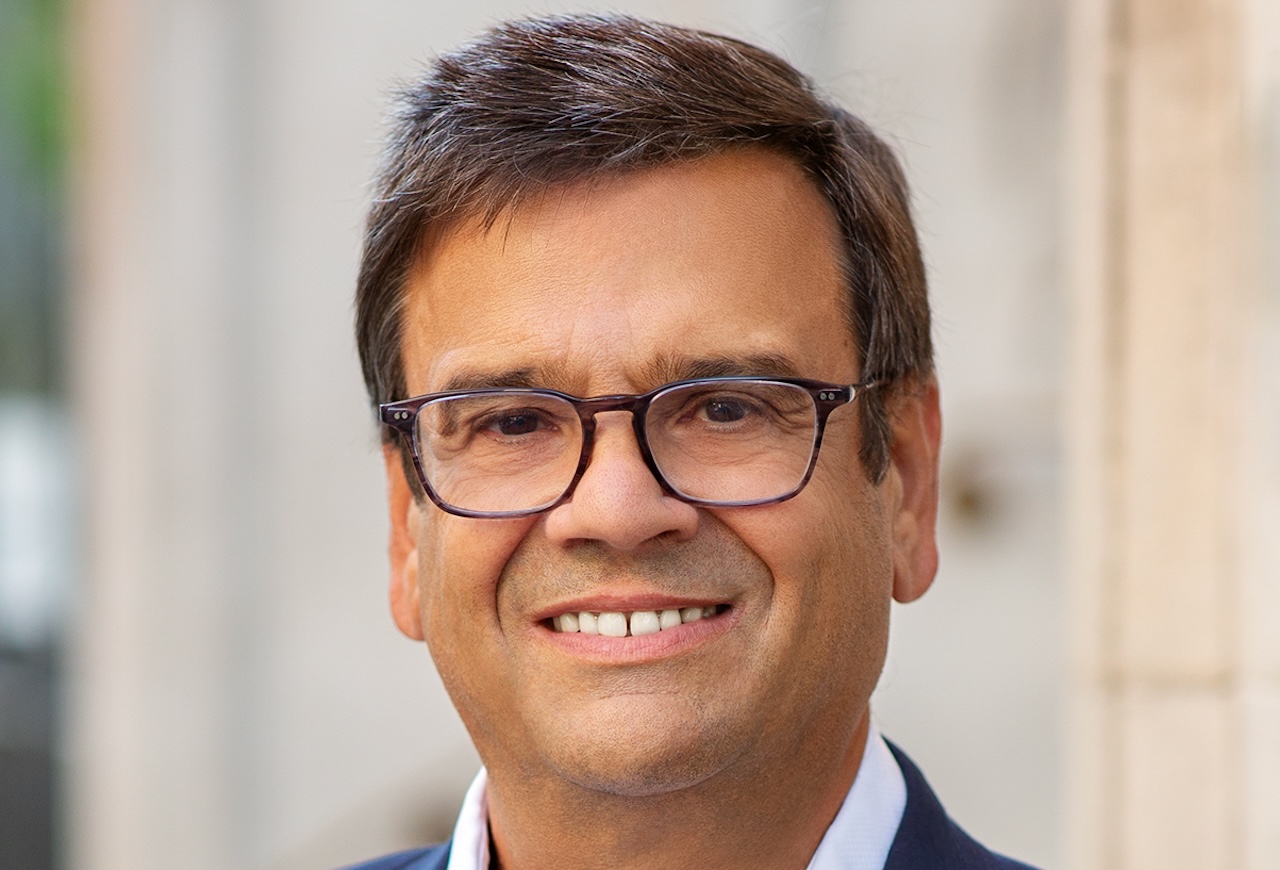As the world of international aid changes, Jeremy Coller, Fiona Reynolds and David Pinkus from the Coller Pensions Institute explore why expanding pension coverage is a worthy goal and how donors can help.

We have just five years to achieve the UN’s 2030 Sustainable Development Goals (SDGs), but the changing global aid landscape, including the cuts to USAID and other development agencies, makes it unlikely that we’ll find the estimated $4trn of additional annual investment required to achieve these goals in developing countries.
We’re going to need to think differently. That means finding ways to focus scarce aid resources on initiatives that create positive spillovers, reach the vulnerable, and empower a country’s citizens to reduce reliance on aid in the future.

Building and strengthening well-designed funded pension systems has just that transformative potential.
As detailed in a recent paper, we describe how international aid can provide financial incentives for workers to start saving, kickstarting funded pension systems, and helping to foster sustainable development.
By supporting pension systems, donors are not only providing fish, but a fishing rod. They are seeding the foundations of local capital markets and helping countries to achieve long-term economic independence.
The time to act is now because the developing world, while still young, is aging rapidly. By 2050, 80% of people aged over 60 are projected to live in low and middle-income countries. Pension coverage has a long way to go in these countries. The International Labour Organization (ILO) estimates that only 7.3% of people in the labour force actively contributed to a pension scheme in low-income countries in 2023. The figure for lower-middle-income countries stood at 32.7%, compared to 90.8% in high-income countries.
Pensions are a powerful enabler
Pension systems are not only important for old age income. They also make a wider contribution to achieving the SDGs. Funded pension systems are essential vehicles for long-term saving and can support economic growth, financial sector development and, over time, build up a local long-term capital stock. A strong pension fund sector can play an important role in financing the real economy.

Pension funds today play a key role in the financial systems of many countries, including the UK, US, Singapore, Canada, Australia, Denmark and the Netherlands.
However, positive effects of funded pensions and economic growth are not guaranteed. Local conditions play an important role, including strong governance and institutional capability. It is also important to stress that discussions about pension funds and growth in developing countries will be different from, for example, the current conversation in the UK, because the economies are at very different stages of development.
Nevertheless, building a strong pension fund sector can be a motor for development in the long term.
Low coverage
One of the drivers behind the lack of pension coverage in low-income countries is a high prevalence of informal employment, including the self-employed.
On a global level, informal employment is more prevalent than many people think, with 58% of total employment in the informal sector according to the ILO. However, the issue is much more pronounced in low and lower-middle-income countries, where the informal sector represents 89% and 82% of total employment, respectively. So the vast majority of workers fall through the cracks.
This situation calls for innovative pension solutions that reach the informal sector.
Need to innovation
A number of countries have introduced voluntary pension schemes aimed at informal workers. Examples include the Ejo Heza scheme in Rwanda, the Haba Haba and Mbao programmes in Kenya, or the Micro Pension Plan in Nigeria.
However, getting workers to sign up and to save regularly has proven very challenging. For voluntary pension schemes, the key question is to provide the right incentives to achieve these two things.
Additional incentives
Financial incentives are crucial to promote participation.
The Rwandan scheme has been successful in motivating workers to sign up, but encouraging them to contribute regularly remains a challenge. The government has financed a mix of co-contributions and insurance benefits to attract workers. However, it stopped sponsoring incentives at the end of 2024. Many pension schemes targeted at informal sector workers do not offer financial incentives at all.

The international donor community should step in where political will or local resources are insufficient to fund financial incentives. Such incentives can take many forms, including, for example, co-contributions, insurance benefits, or cheaper loans. It is crucial to understand what would work best in the country-specific context. Supporting pensions does not necessarily require increased aid volume, as assets financed by long-standing aid programmes could be partially transferred to pension funds, thus benefiting savers.
Workers would benefit because they receive additional financial incentives to save and build up savings for retirement. They would also directly benefit from aid, either through co-contributions or other benefits. Finally, they will become more familiar with the benefits of saving in financial products.
The larger economy would benefit because over time, a local base of institutional investors will form, managing a growing stock of domestic long-term capital. Funded pensions have also been found to support domestic stock market development. Increased economic activity and job creation will feed back to the residents. All these factors can support economic growth, although it is important that the effects on growth require a well-designed system adapted to the country-specific conditions.
Donors would benefit because they can directly put money in the pockets of workers while supporting long-term structural change in the developing world. Stronger economic growth will reduce the need for aid in the future.
Well-designed pension systems would not only provide social protection, but also help set countries on course for locally driven economic development. This is a rare opportunity to act now for lasting impact. Pension systems offer a bridge between short-term aid and long-term development. Let’s not miss it.
This article has been written by Jeremy Coller, chair, Fiona Reynolds, president, and David Pinkus, director, at the Coller Pensions Institute.





